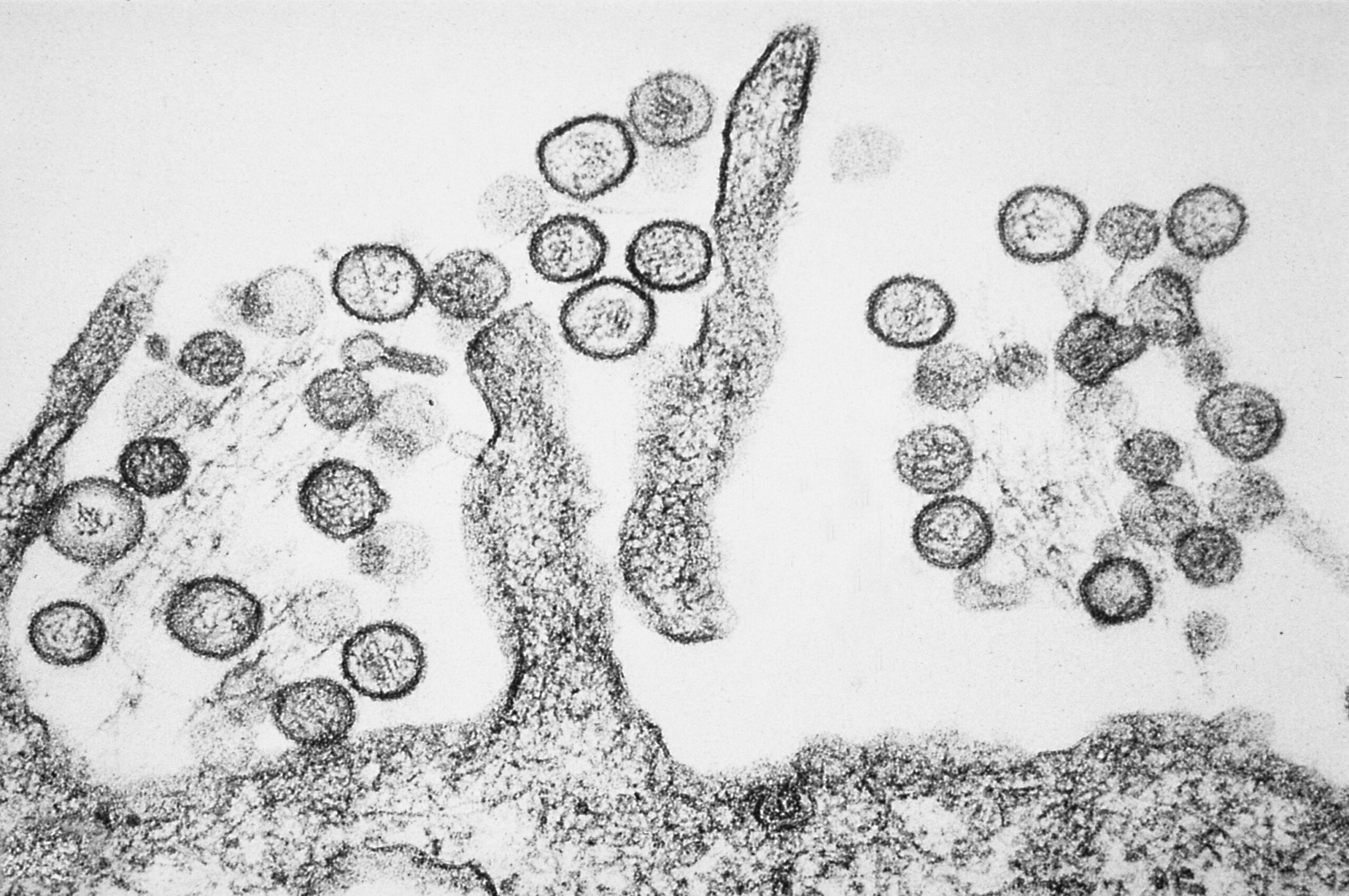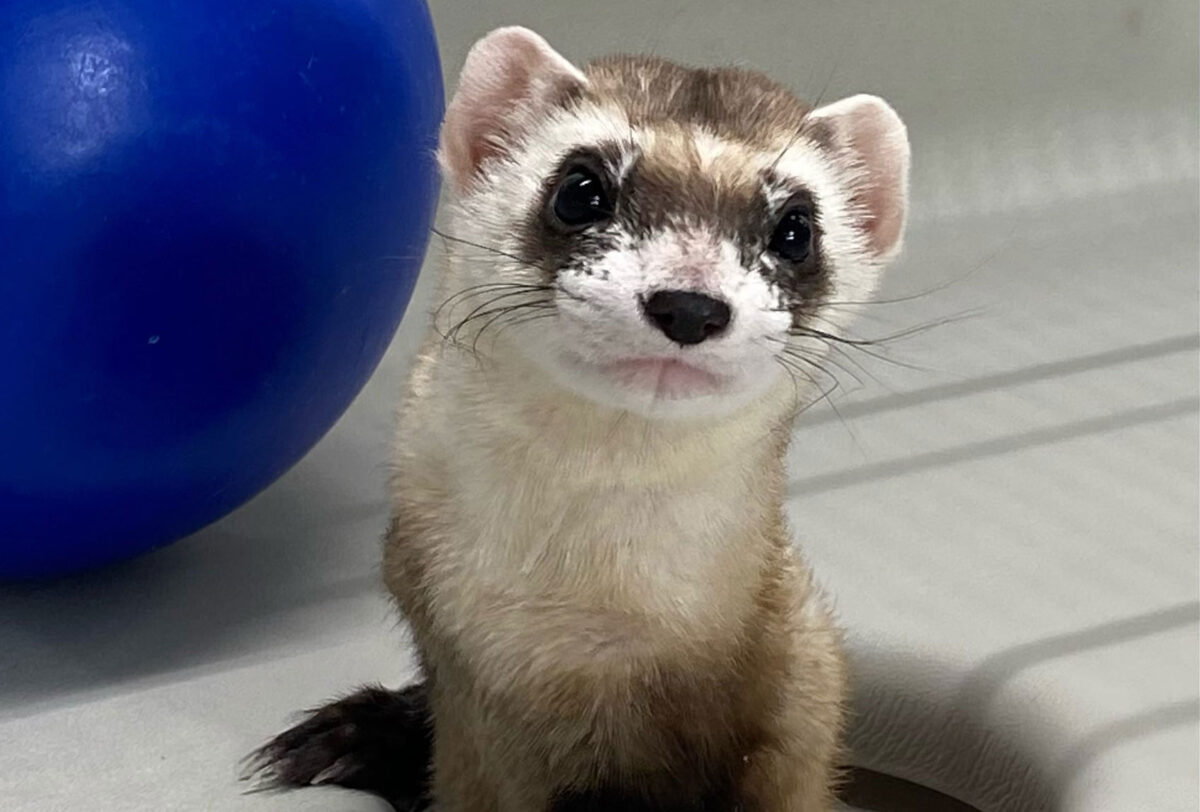Header image: "Elizabeth Ann," the world's first black-footed ferret clone. Elizabeth Ann was created using frozen cells from a ferret named "Willa" that were preserved in the San Diego Wildlife Alliance Frozen Zoo in the 1980s. The skin and skeleton of Willa are held by the Museum of Southwestern Biology in Albuquerque, New Mexico. Photo by USFWS (Wikimedia Commons).
Museum education
Introduction to the collections held at the Museum of Southwestern Biology in Albuquerque, New Mexico, and the Field Museum in Chicago, Illinois.
Conservation programs
An introduction to conservation biology, with examples of conservation biology programs centered around specific endangered animals.

Emerging diseases
A case study of how museum collections can help scientists understand emerging diseases, with a focus on the "Sin Nombre" hantavirus, a virus that caused an outbreak of respiratory disease in the Southwest in 1993.

How can you get involved?
Brief explanation.



